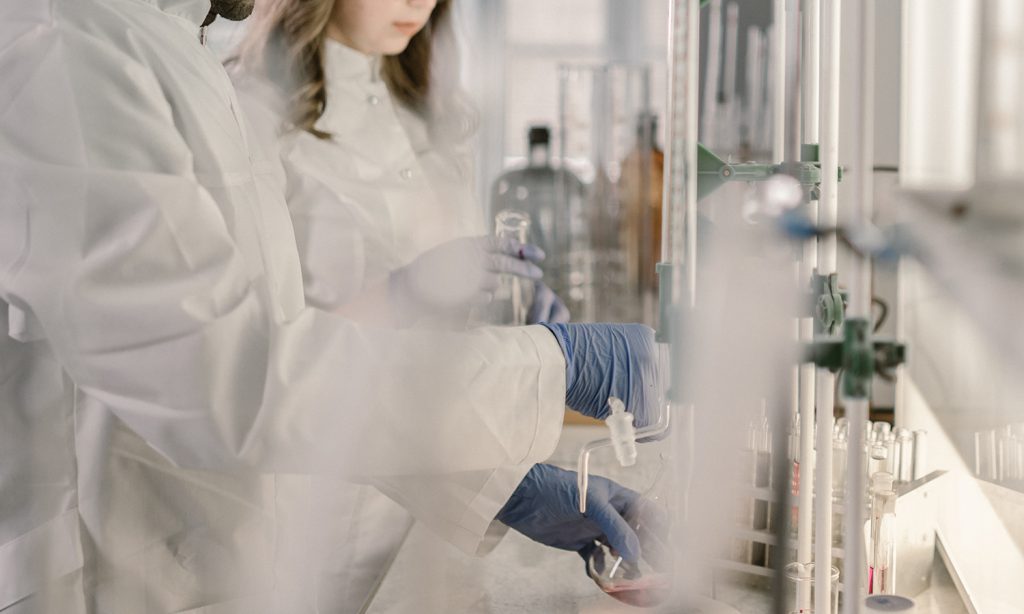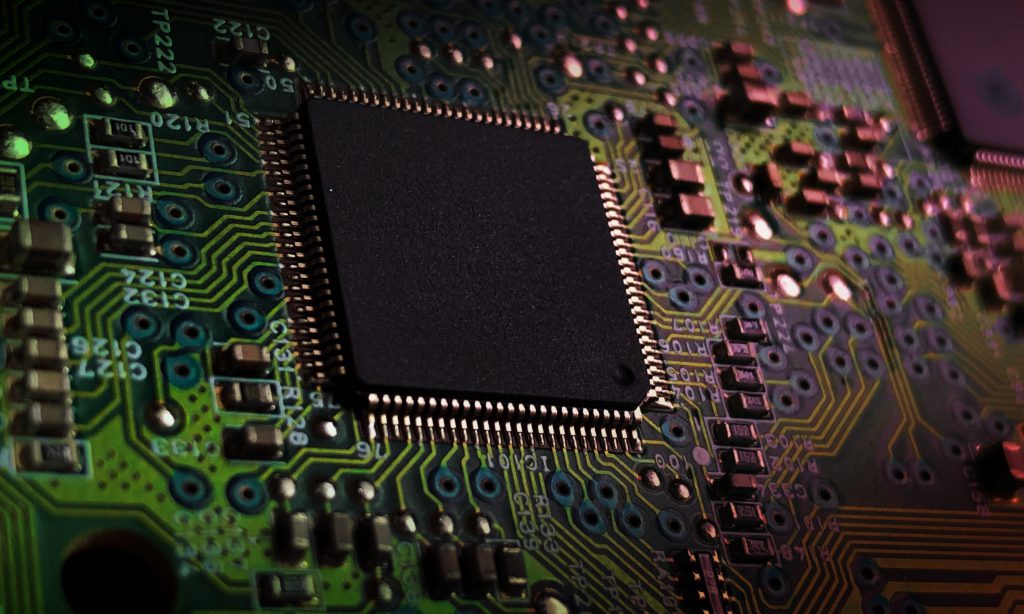THE WORLD'S FIRST SALIVA DIABETES TEST

Flagship technology:
Saliva Glucose Test
The world’s first quantitative saliva test.
The technology under development relies on the electrochemical biosensor technology for quantifying glucose in liquid samples via 3-electrode amperometry.
Our strips are mass-manufactured via flexible Printed Circuit Board technology, guaranteeing the low cost. Traditional glucose strips, are manufactured by screen-printing on paper, resulting in lower surface quality.
A major global innovation we are incorporating in our Saliva Glucose Test, is the use of inorganic catalysts, which allow us to detect and quantify salivary glucose levels down to 1μM.
This level of extreme sensitivity and specificity of our strip can only be achieved by accurately controlling the highly variable saliva pH on the strip itself, we do this via our unique, patent protected technology.

Flagship technology:
Saliva Glucose Test
The world’s first quantitative saliva test.
The technology under development relies on the electrochemical biosensor technology for quantifying glucose in liquid samples via 3-electrode amperometry.
Our strips are mass-manufactured via flexible Printed Circuit Board technology, guaranteeing the low cost. Traditional glucose strips, are manufactured by screen-printing on paper, resulting in lower surface quality.
A major global innovation we are incorporating in our Saliva Glucose Test, is the use of inorganic catalysts, which allow us to detect and quantify salivary glucose levels down to 1μM.
This level of extreme sensitivity and specificity of our strip can only be achieved by accurately controlling the highly variable saliva pH on the strip itself, we do this via our unique, patent protected technology.
Driven by our passion to deliver innovative diagnostics
We use cutting edge

Lab-on-a-chip devices are the outcome of a quiet scientific revolution since the mid-90s, gaining more and more followers exponentially.
Such miniaturized systems allow for every person in the world to hold a complete biochemical analysis laboratory at the palm of their hand, promising unprecedented possibilities and a real revolution in healthcare practice: instant diagnosis at the point-of-care, personalized healthcare, detection of conditions earlier than ever imagined from only drops of blood or saliva.
With their ability to perform a complete diagnosis of a patient during a consultation, lab-on-chip devices will change our way of practising medicine. Broader teams of specialists will be able to carry out real-time, rapid tests and free up doctors to focus on a patient’s treatment and recovery.
The positive impact on chances of survival is a near future reality. Accurate, personalised diagnoses can greatly reduce antibiotic resistance, which is one of the biggest challenges of this decade. The ability to perform diagnosis at low cost will also routinely change the way we see medicine, enabling us to detect illnesses at an earlier stage and treat them as soon as possible. In developing countries, healthcare providers will be able to use lab-on-chip to open diagnostics to a wider population and treat people who really need it without rare and costly medications.

Lab-on-Chip Technology
Lab-on-a-chip devices are the outcome of a quiet scientific revolution since the mid-90s, gaining more and more followers exponentially.
Such miniaturized systems allow for every person in the world to hold a complete biochemical analysis laboratory at the palm of their hand, promising unprecedented possibilities and a real revolution in healthcare practice: instant diagnosis at the point-of-care, personalized healthcare, detection of conditions earlier than ever imagined from only drops of blood or saliva.
With their ability to perform a complete diagnosis of a patient during a consultation, lab-on-chip devices will change our way of practising medicine. Broader teams of specialists will be able to carry out real-time, rapid tests and free up doctors to focus on a patient’s treatment and recovery.
The positive impact on chances of survival is a near future reality. Accurate, personalised diagnoses can greatly reduce antibiotic resistance, which is one of the biggest challenges of this decade. The ability to perform diagnosis at low cost will also routinely change the way we see medicine, enabling us to detect illnesses at an earlier stage and treat them as soon as possible. In developing countries, healthcare providers will be able to use lab-on-chip to open diagnostics to a wider population and treat people who really need it without rare and costly medications.
Lab-on-Chip Advantages
Portability
Diagnosis at point of care
Rapid analysis in minutes
Early disease detection

Our technology is based on Printed Circuit Boards or PCBs. PCB’s are found in almost every electronic device around us! From our computers to microwave ovens.
They are thin boards used for interconnecting different electrical components in a simple way.
PCB is also the perfect technology for Lab-on-Chip devices! It also allows to include and interconnect different stages of analysing a sample onto a single thin board.
Our founders have spent years of research developing and perfecting this technique for sample-in-answer-out diagnostic instruments.
PCB technology is extremely versatile and our vision is to insert Lab-on-PCB technology in billions of medical devices and industrial sensors, completely changing the way we think about diagnostics.

PCB Technology
Our technology is based on Printed Circuit Boards or PCBs. PCB’s are found in almost every electronic device around us! From our computers to microwave ovens.
They are thin boards used for interconnecting different electrical components in a simple way.
PCB is also the perfect technology for Lab-on-Chip devices! It also allows to include and interconnect different stages of analysing a sample onto a single thin board.
Our founders have spent years of research developing and perfecting this technique for sample-in-answer-out diagnostic instruments.
PCB technology is extremely versatile and our vision is to insert Lab-on-PCB technology in billions of medical devices and industrial sensors, completely changing the way we think about diagnostics.

